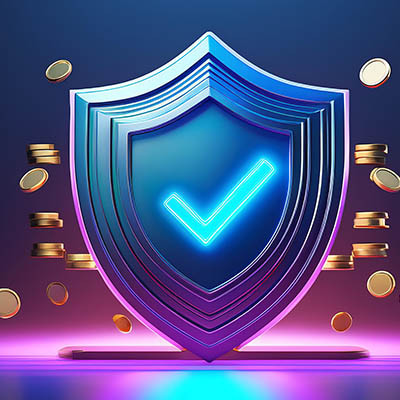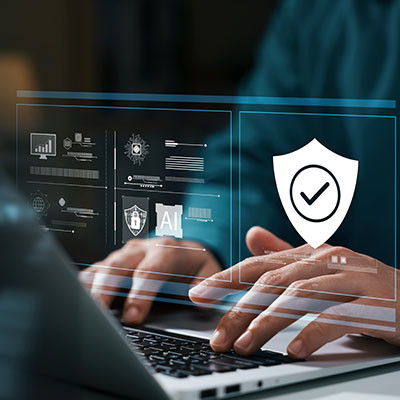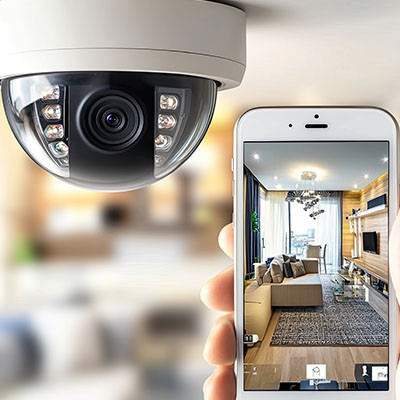There are a lot of sketchy parts of the Internet, but the sketchiest of all might be the Dark Web. Located on a part of the Internet that search engines don’t index and inaccessible to most web browsers, the Dark Web is a place where cybercriminals thrive. It’s a place where stolen data is put up for sale, and if you’re not careful, your business could be next.
Phantom Technology Solutions Blog
While the goal of cybersecurity is always to prevent threats from taking advantage of your infrastructure, this is becoming more and more challenging as time wears on and threats evolve to changes in cybersecurity discourse. A recent podcast episode from Illumio, “Trust & Resilience: The New Frontlines of Cybersecurity,” explores how trust has become a vulnerability that attackers exploit in new and creative ways. How can cybersecurity as an industry pivot in response to this trend?
Are you making security a priority for your business? While it’s one thing to protect your network, it’s another to protect your business’ physical location. If you don’t implement processes and solutions to secure your office, you might be in a position where someone could steal equipment, data, or worse. Here are some ways to prioritize physical security for your business, too.
Modern cybersecurity requires you to lock down numerous access points to protect your business, using various tools to accomplish sufficient security precautions. The password manager is one such tool that can genuinely save your metaphorical bacon.
Let’s explore how this essential tool works and why it is valuable for your business to implement.
Imagine for a moment a world where you don’t have to distribute devices to your employees and can instead rely on your team to provide them. With Bring Your Own Device, or BYOD, businesses can leverage employee-owned devices to their advantage for work-related purposes. There is a catch, though: you have to make sure they’re used safely.
Malware can be scary to talk about, but it’s a topic that you should be intimately familiar with, or at least aware of, if you want to keep your business running. These days, you can’t do much of anything online without potentially exposing yourself and your organization to a security risk. Today, we want to explore the different types of malware you might encounter and why it’s so important to take action today to limit their influence on your business.
Long story short: it depends.
As unhelpful as that answer may seem on the surface, it really is the truth. There are just so many variables that different businesses will exhibit that ultimately impact how their budgets should be shaped. For instance, both a small mom-and-pop shop and a massive corporation need cybersecurity, but the scale of their respective investments will vastly differ.
Let’s go over how to budget appropriately for your cybersecurity protections and concerns.
Even with ransomware making headlines last year, 2024 saw one of the most interesting trends yet: decreased payments. Last year alone, ransomware payments decreased by hundreds of millions of dollars, even with large-scale attacks and a massive $75 million payment by one victim. Progress? Well, maybe.
While social media has given us the capability to communicate beyond anything we’ve seen since the popularization of the Internet itself, this isn’t all a good thing. These platforms have made it easier for people to scam others, after all, making it necessary for everyone to take their personal cybersecurity and that of their company even more seriously.
Let’s talk about how these scams commonly work.
Security is one of the more worrisome parts of running a business, and it doesn’t matter what size your organization is either. Whether you’re a small startup or a large enterprise, security is still going to be paramount. But it doesn’t have to be confusing; in fact, we have three simple strategies you can start implementing today to help you move your security infrastructure in the right direction.
It’s harder than ever to keep your data safe these days. Everyone needs to be careful online, but the constant security steps can feel exhausting when you’re spending hours on a computer every week. Unfortunately, this is the new normal. If you don’t stay on top of your cybersecurity, it can be really hard to keep your business’ tech safe.
Most people are familiar with Santa Claus, the jolly gift-giver who delivers presents to all the children who have kept the Christmas spirit in their hearts all year. Lately, many people have also become aware of Krampus, Santa’s dark shadow who—as the legend goes—takes a similar trip to visit the naughty children and turn the worst into a midnight snack.
However, one has to wonder: what about all the adults who might also be naughty?
People interact with more organizations and companies online today than ever before. Many of these organizations collect personal information to help them improve their operations or to build an outside revenue stream. These business-first initiatives can put individual data at risk. Today, we’ll discuss what you need to know about data privacy.
Physical security is just as important as cybersecurity, and digital security cameras are a great tool to help maintain spaces. Whether you have an office, a retail space, a warehouse, or any other property, a security camera can help you keep tabs on a place in real-time and reduce liability. Here are three reasons why you might consider ditching an analog camera in favor of a digital camera.
McAfee recently released a list of 15 applications the company identified as “predatory loan apps” available for download from the Google Play Store. While steps have been taken to remove them from the platform, we can now discuss how mobile applications can be weaponized if a user is not careful.
Let’s start by discussing the current issue of SpyLoan apps.
Unfortunately, cybersecurity is one of the most important topics to consider in today’s business world. A recent survey has shown that the majority of security leaders—approximately 67% of those surveyed—don’t know what caused a cybersecurity incident at their business. This is a shockingly high number that cannot be ignored, so let’s look at why data breaches are so challenging to identify and address.




















